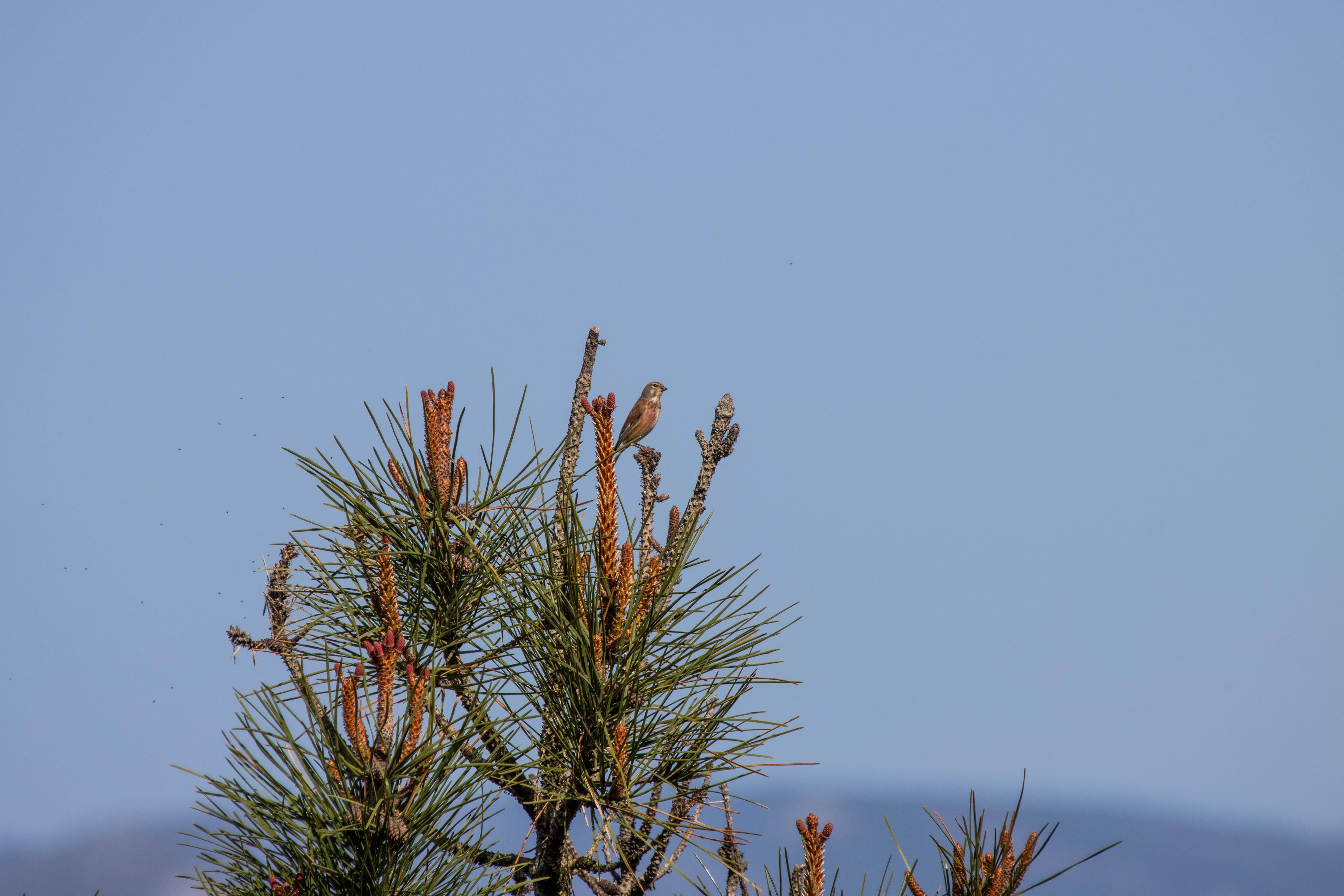I have a Canon EF 100-400 1:4.5-5.6 L IS USM (the old version, not the II) zoom lens, which I often use for bird photography. I used to have a Canon 10D body, which I used in combination with this lens for many years. Recently I bought a new Canon 90D body, and I am frankly disappointed with the quality of the pictures I'm getting when using the above mentioned zoom lens. I was expecting much crisper photos, given the new body's much larger sensor resolution. However, pictures are often blurry. See for example the following shot.
The following is a blow up of the bird taken from the RAW image and stored in a lossless format.
This was taken at mid-day, focal length 400 mm, speed 1/500, aperture f/8, ISO 100, using spot AF. The camera was hand held. The blow up image shows that there is a lot of noise and blurriness around the bird.
As the camera body is still under warranty, I sent it to a Canon official repair centre, and they said it's perfectly okay, and that the issue may be coming from the lens. Since my lens is too old, they won't look at it even if I pay, so I'm stuck.
Also, I used Canon DPP software to check the focus points and it looks fine. In other words, the camera did focus on the bird and nearby areas rather than somewhere else.
Then, I carried out a focus test as suggested by @xenoid, and it looks fine. This is a sample.
The camera was on a tripod and the spot focus point was dead centre on the chart. As far as I can see, the grass looks best focused around the focus chart rather than in front or behind it.
Further to these tests, I tried the camera plus lens combination on a field with lots of detail. This is a blow up of the shot at 400%, uncompressed:
Again, detail is disappointingly low. The original pic is here if you want to have a look (file too large to post here). Below is a 100% capture so that you can assess focus:
My question is the following. Do you think that the noise and blurring around the bird or the flowers is normal for the settings I described, or is it likely that my old lens is acting up? Thanks.






